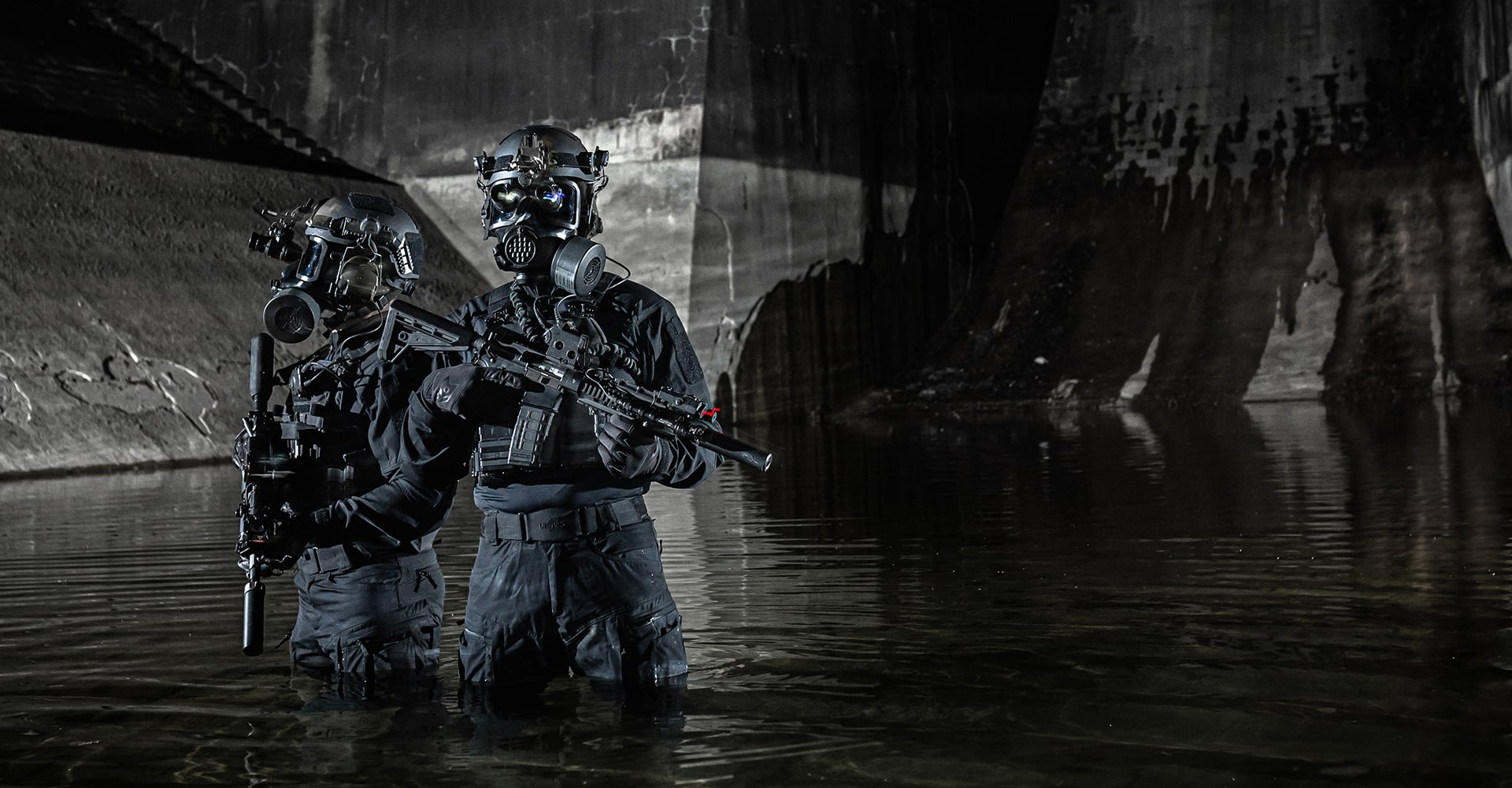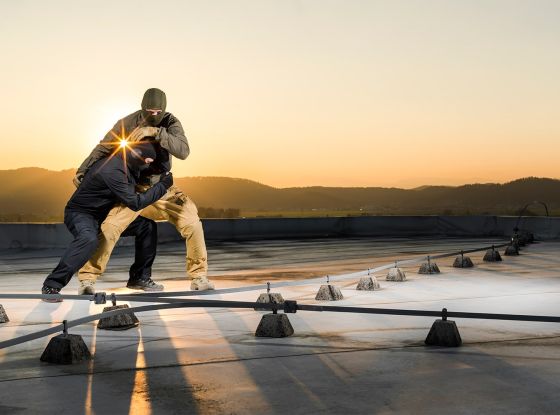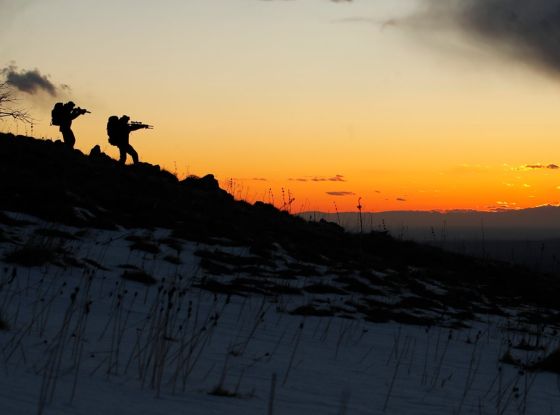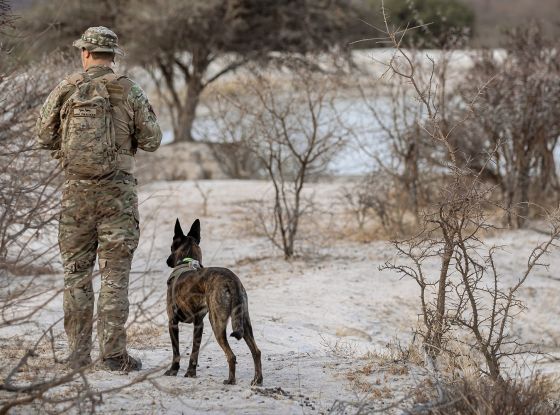What does it take to keep up when the battlefield shifts faster than doctrine? In this guest blog, Soeren Suenkler—editor-in-chief of K-ISOM and veteran of some of the world’s most complex SOF environments—pulls back the curtain on how elite units are training, evolving, and gearing up for tomorrow’s missions. With insights drawn from decades in Afghanistan, Iraq, Lebanon, Colombia, and beyond, Soeren explores how Special Operations Forces are adapting to threats that don’t follow the rulebook—and why flexibility is the new firepower.
In this blog post:
- Introduction
- The Turning Point of 9/11
- A Shift Back to Foundational Missions
- Defining the Mission Landscape
- Facing Hybrid Threats
- Can SOF Adapt in Time?
- Evolving Structures and Training
- A Continuous Cycle of Adaptation
- Operational Shifts and Future Capabilities
- Structural Changes: What SOF Teams Need Next
- Conclusion
Author: Soeren Suenkler
Introduction
Western Special Operations Forces (SOF) are defined by their flexibility, modularity, rapid readiness, and strategic relevance. Despite their small numbers, they require extensive resources for both training and deployment. Operating under the authority of parliamentary democracies, their missions serve the wider goals of public and national security.
Western military SOF are commonly categorized into tiers.
- Tier 1 includes elite units such as the US Army's Delta Force (CAG), the US Navy’s DEVGRU (Naval Special Warfare Development Group), the British SAS (Special Air Service), and—under certain political conditions—the German Bundeswehr’s Kommando Spezialkräfte (KSK). On the police side, Germany’s GSG 9 and France’s GIGN are also recognized as Tier 1 units.
- Tier 2 encompasses forces like the US Army Special Forces (Green Berets), components of the US Navy SEALs, and units from the British and French Commandos. Police units such as Germany’s Spezialeinsatzkommandos (SEK) fall into this category as well.
- Tier 3 includes units like the US Army Rangers. It’s worth noting that this tiered structure is fluid and not universally standardized.
The term Special Operations Forces (SOF) broadly applies to these mission-specific units. Technically, the term "Special Forces" (SF) refers exclusively to the US Army’s Green Berets.
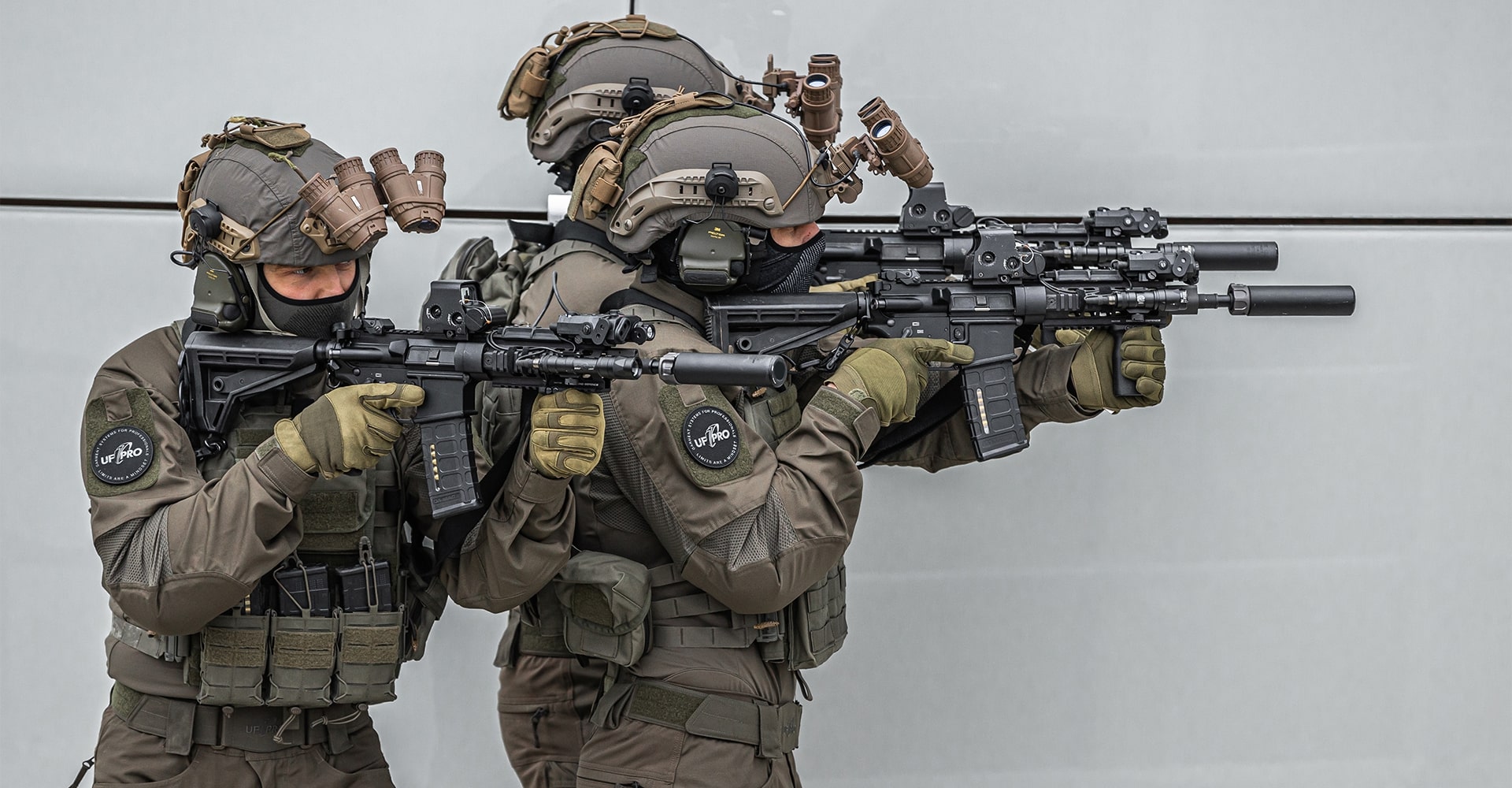
The Turning Point of 9/11
The terrorist attacks on 9/11 marked a watershed moment for SOF worldwide. In the two decades that followed, operations in Afghanistan's Hindu Kush dramatically altered established doctrines. Prior to 2001, counterterrorism was mostly seen as the responsibility of police and gendarmerie forces—especially in Europe. But post-9/11, military SOF were tasked with prolonged counterterrorism roles for which they weren’t fully trained or equipped. The principle of “quick in, quick out” was ignored, and deployment timelines extended dramatically.
Only the Green Berets had a mission profile that somewhat aligned with these demands—advising and training local forces, serving as force multipliers, and supporting partner operations. However, the broader SOF community struggled under the weight of long rotations, unclear objectives, and political mandates. Their rapid deployment came without adequate warning or preparation.
The Global War on Terror (GWOT) became, for many units, a protracted campaign filled with constant counterinsurgency (COIN) tasks. Despite notable achievements, the strategic landscape in areas like Afghanistan and the Middle East remains unstable—arguably worse today in some regions such as Syria and Gaza.
As we pivot back to a European-centered threat landscape, the context has changed—but the need for adaptable, capable SOF has never been more urgent.
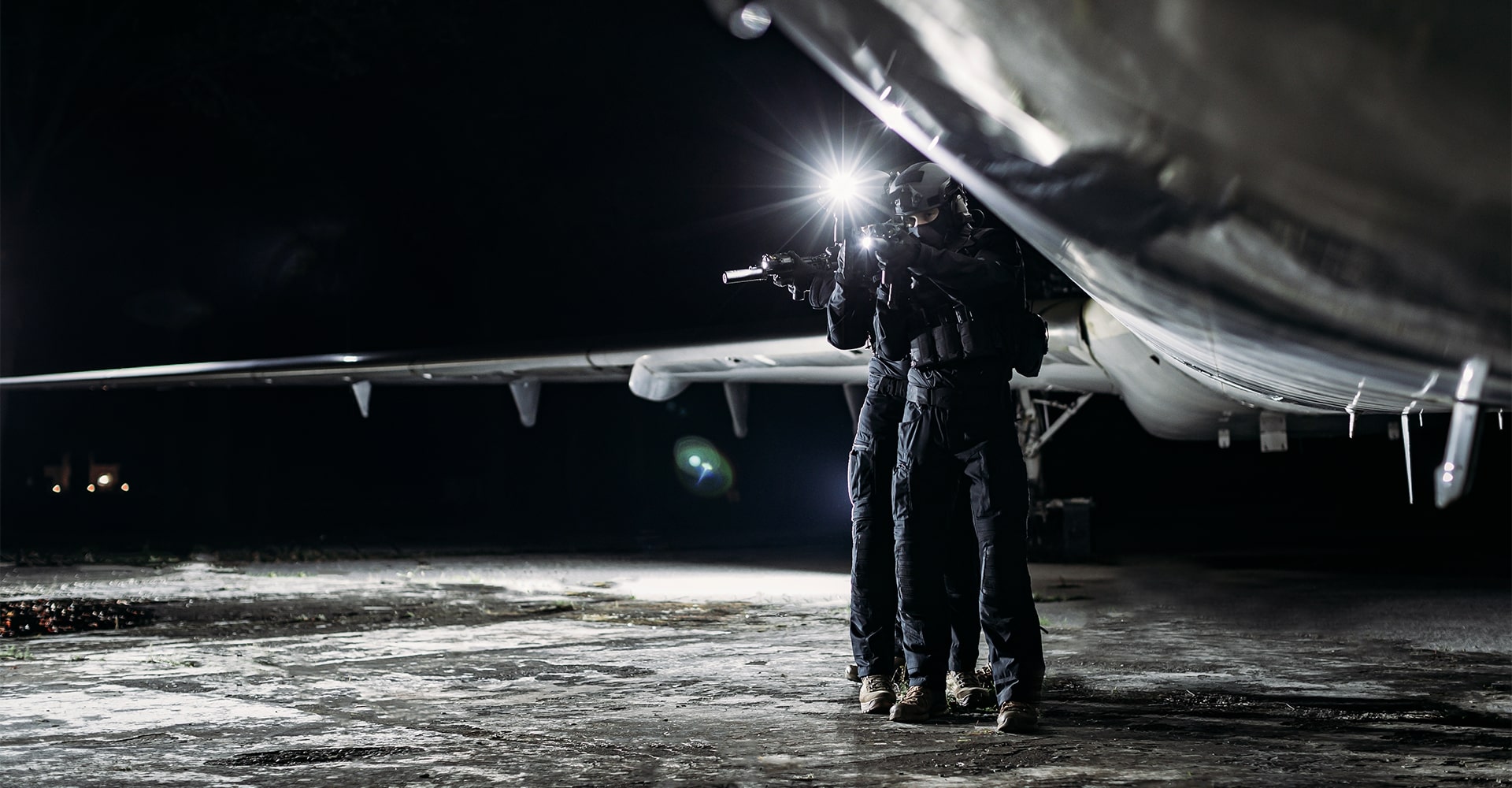
A Shift Back to Foundational Missions
The new US doctrine in the Indo-Pacific (China) and NATO's return to its original tasks of national and alliance defense under the §5 doctrine in order to counter Russian aggression in Ukraine represent a return to the origins of Western SOF. Military SOF were established and expanded during the Cold War beginning in the 1950s as part of the Flexible Response concept. They were intended to wage war without having to wage war themselves. They were intended to serve as force multipliers and “problem solvers” in times of crisis without having to actually switch to a war economy, as was the case during World War II.
Police special forces followed in the 1970s to engage organized crime and domestic terrorism. Today, this "optimal state" of task distribution has been restored, albeit under different parameters. There's actually a “trip wire”: Internal and external security are increasingly overlapping. Special Operations Forces, both police and military, are increasingly dependent on closer cooperation, networking, procurements, communication, support, information sharing, and joint training. This presents both branches with the problem that, while the enemy can be defined in theory, it can be quite unclear in the conflict formats of the 21st century.
SUBSCRIBE TO UNLOCK OUR EXCLUSIVE CONTENT
Enter your email and get timely updates and relevant intel on tactical topics directly to your inbox.
You are signing up to receive updates via e-mail from which you can opt out at any time. Visit our privacy policy for more info.
Defining the Mission Landscape
Three types of missions have therefore been defined for NATO SOF:
- Military Assistance
- Direct Action
- Special Reconnaissance
For the police, this is essentially the fight against armed organized crime, counterterrorism, counter-narcotics, and crime prevention. However, there are unfortunately overlaps here too. Large mafia structures and very aggressive narco cartels are organized and armed militarily and possess vast amounts of cash, thus threatening the very fabric of entire states. The police must therefore practice and train more military tactics and redefine their adversary. On the other hand, military SOF are increasingly dealing with adversaries that pose both a military threat (e.g., the Islamic State / ISIS) and are also heavily involved in organized crime (e.g., large-scale drug smuggling) or are failed/rogue states. Future training must be geared toward this hybrid chaos.
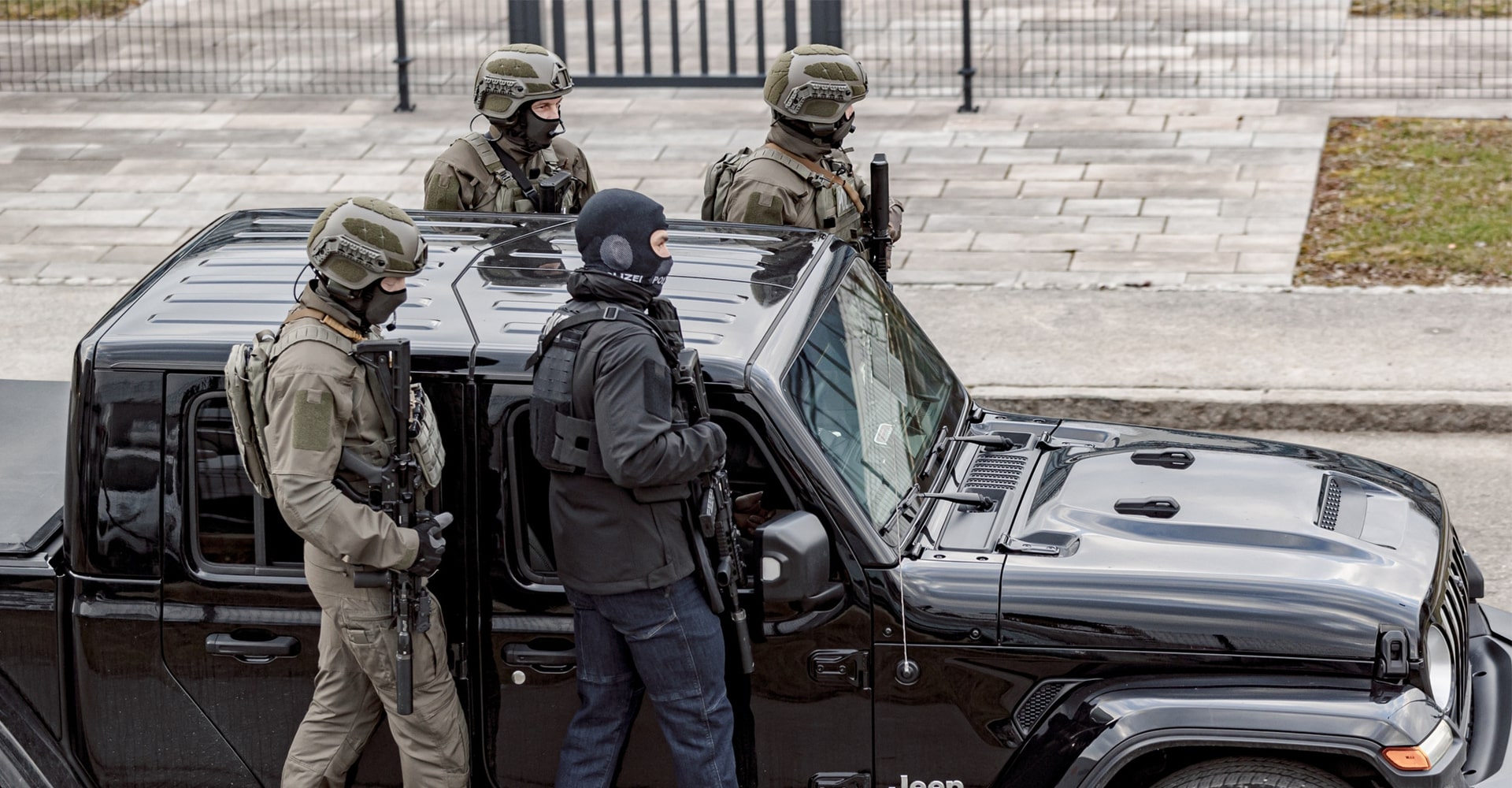
Facing Hybrid Threats
Another very concrete yet difficult to define threat is Russia's current hybrid warfare against all Western states, with the support of Iran, China, Yemen, and North Korea. At this point, threat scenarios suddenly emerge that pose massive problems for Western SOF. Since all areas of public life, infrastructure, society, the economy, politics, and culture are affected, defense at all levels is imperative, exceeding the core competencies of the police and military (e.g., cyberattacks, propaganda, diversion, deep fakes, sabotage, false flag terrorism, illegal mass migration, artificial escalation of crime, PsyOps operations, fake news, destruction of society through new drugs, disruption of the energy sector, kidnapping, poison VIP, infiltrated hit teams, etc.).
Can SOF Adapt in Time?
The big question is: Can police and military special operations forces optimally adapt to all these new threats simultaneously? The answer is a resounding Yes and No. It is impossible to comprehensively and completely cover all hybrid scenarios through doctrine, equipment, and training alone. A dark improbability will always remain. A residual risk is always present. This must be taken into account. On the other hand, however, structures, procedures, and networks can be created that can substantially weaken, mitigate, or even completely neutralize a hybrid attack. The new strength is flexibility and the ability to learn.
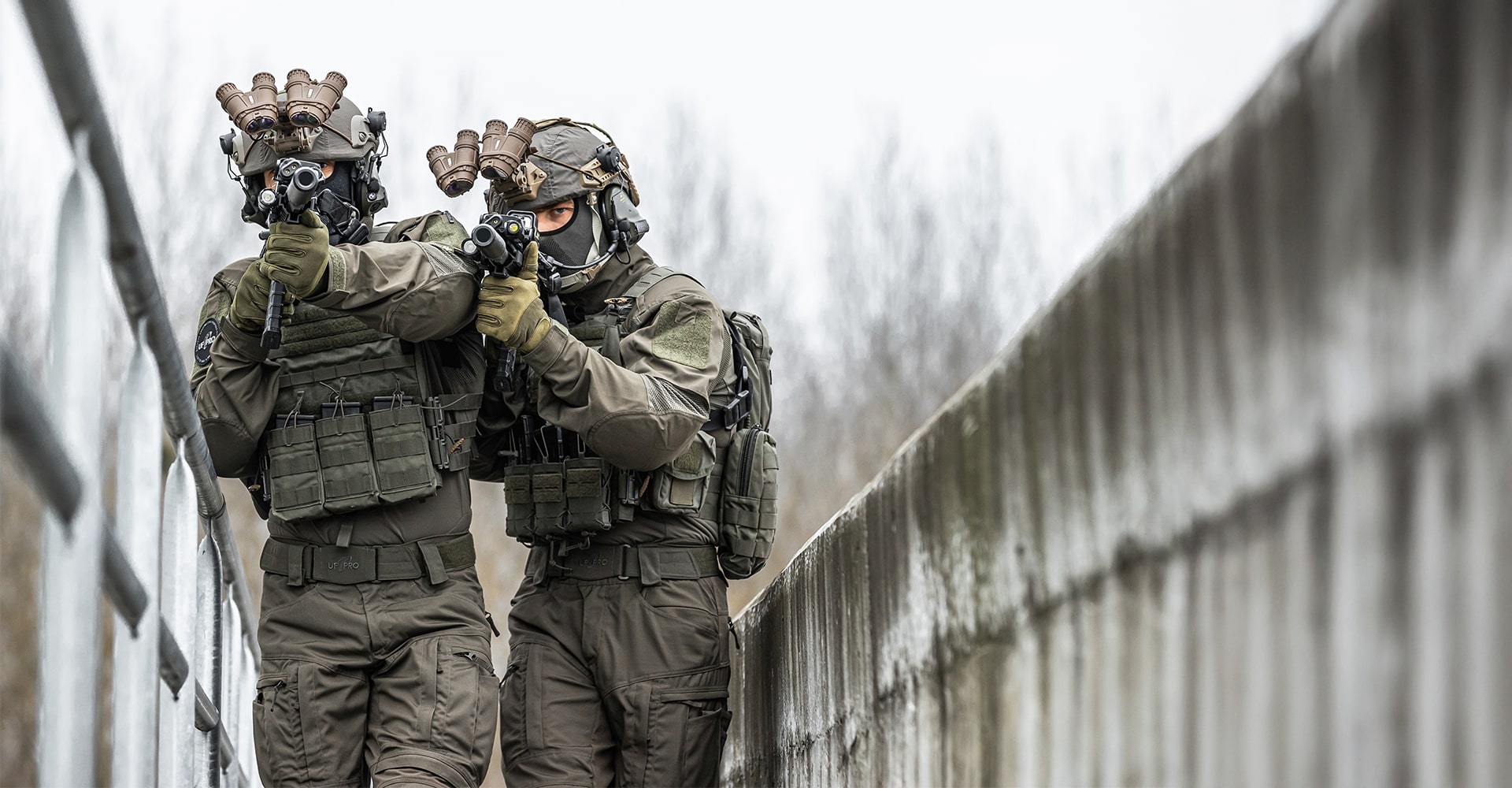
Evolving Structures and Training
Whereas in the past, training, and equipment remained virtually unchanged for decades for all types of SOF, changes now occur on a monthly and annual basis. This presents all key Western players with considerable challenges.
SOF must not only be specially selected, trained, equipped, and kept in training for possible strategic scenarios, but it is also imperative that flexible and adaptive structures be created that can adapt very quickly to new tactics, procedures, and concepts of the enemy. This remains a problem today. Not all national official organizations are capable of quickly compiling situational awareness, pooling funds and resources, and realigning SOF.
Other effective and flexible command organizations include the US Joint Special Operations Command (JSOC) within SOCOM, NATO's Allied Special Operations Forces Command (SOFCOM), and, for example, on the German police side, the Bundespolizeidirektion 11 in a certain specific German political context. On the European side Europol is doing a tremendously good job in engaging dangerous, heavily organized crime networks all over the world and especially in Europe.
A Continuous Cycle of Adaptation
However, the orientation towards new scenarios is based on lessons learned and is a constant, never-ending process of transformation. There is no perfect current state, but only the realization that the enemy has once again radically changed its tactics very quickly. This is a characteristic of current and future hybrid warfare, which is a further development of the asymmetric warfare of recent decades.
By comparison, the asymmetric warfare in Afghanistan was never or hardly predictable in terms of time, space, and intensity. It was a sequence of different surprise attacks, ambushes, raids, counterattacks, direct actions, special operations, and small-scale operations, all carried out and executed by two completely different adversaries.
In today's hybrid threat, Nations are once again facing each other, undertaking a multitude of massive disruption attempts prior to a conventional conflict in order to disrupt, bind, unsettle, and stress the enemy with a “soft war” of attrition. This includes sabotaging critical infrastructure, propaganda against the population, cyberattacks, political diversion and influence, organized terrorist attacks, sabotage, disrupting the economy, etc. The current war in Ukraine and the conflict in Gaza serve as a blueprint for future conflicts. The trick on the Western side is literally “to pull the plug out” on your opponent very early, before a real conflict arises.
Operational Shifts and Future Capabilities
What does this mean for Western SOF? The current geopolitical landscape presents both advantages and challenges. One advantage is the clearer identification of state-level adversaries and their military doctrines. This allows for more focused strategic planning and preparation.
For the German Bundeswehr, this means a mechanized and SOF NATO-engagement in the Baltic States (Lithuania) and on NATO's southern flank (Romania). In addition, there is the future reorganization of the German Navy's Seebataillon for coastal special operations and raids as a new raiding force. The Army's (KSK) Special Operations Land Task Groups (SOLTG) are also being reorganized for NATO. The same applies to the German Navy's Kampfschwimmer (Special Operations Maritime Task Groups) from KSM. As part of the defense against internal hybrid threats, the German Bundespolizei’s GSG 9 has stationed a mobile unit in the capital, Berlin, and a maritime unit will be stationed on the Baltic Sea in the future. In addition, the state police SEKs recently reintroduced counterterrorism into their portfolio (a core mission already in the 1970s). Rapid, mobile police intervention forces are also gearing up for amok situations.
For the US, this, in turn, means a shift away from the protective umbrella of Europe and a shift toward the Indo-Pacific.
These factors can be incorporated into planning, training, equipment, and structures. For example, the US Marines are currently reorganizing into Littoral Warfare Regiments, which are highly effective and flexible in the Pacific region. Likewise, the Green Berets are shifting from COIN counterterrorism in the Hindu Kush to enablers and force multipliers in the Baltics – essentially their core mission from the mid-50s.

Structural Changes: What SOF Teams Need Next
What do the structural changes across Western Special Operations Forces mean for the future of individual SOF units? The following trends shed light on how SOF must evolve across personnel selection, training, operational equipment, and mindset to stay mission-relevant in a fast-changing threat landscape.
1. Selection: From Warrior Athlete to Cognitive Operator
Selection processes must adapt—not just due to demographic changes, but because the nature of future conflict demands a broader set of capabilities. SOF of the future must be flexible, cognitively agile, and capable of complex decision-making under extreme stress. The focus is no longer solely on the "warrior athlete" archetype. Instead, modern SOF selection must also identify forward-thinking operators who are resilient to internal and external threats, capable of rapid situational assessment, and able to think three-dimensionally.
This evolution should not diminish the accomplishments of previous generations—SOF operators from the 1970s to 2000s were the best of their time. What’s needed now is simply a new kind of excellence that aligns with the current strategic realities.
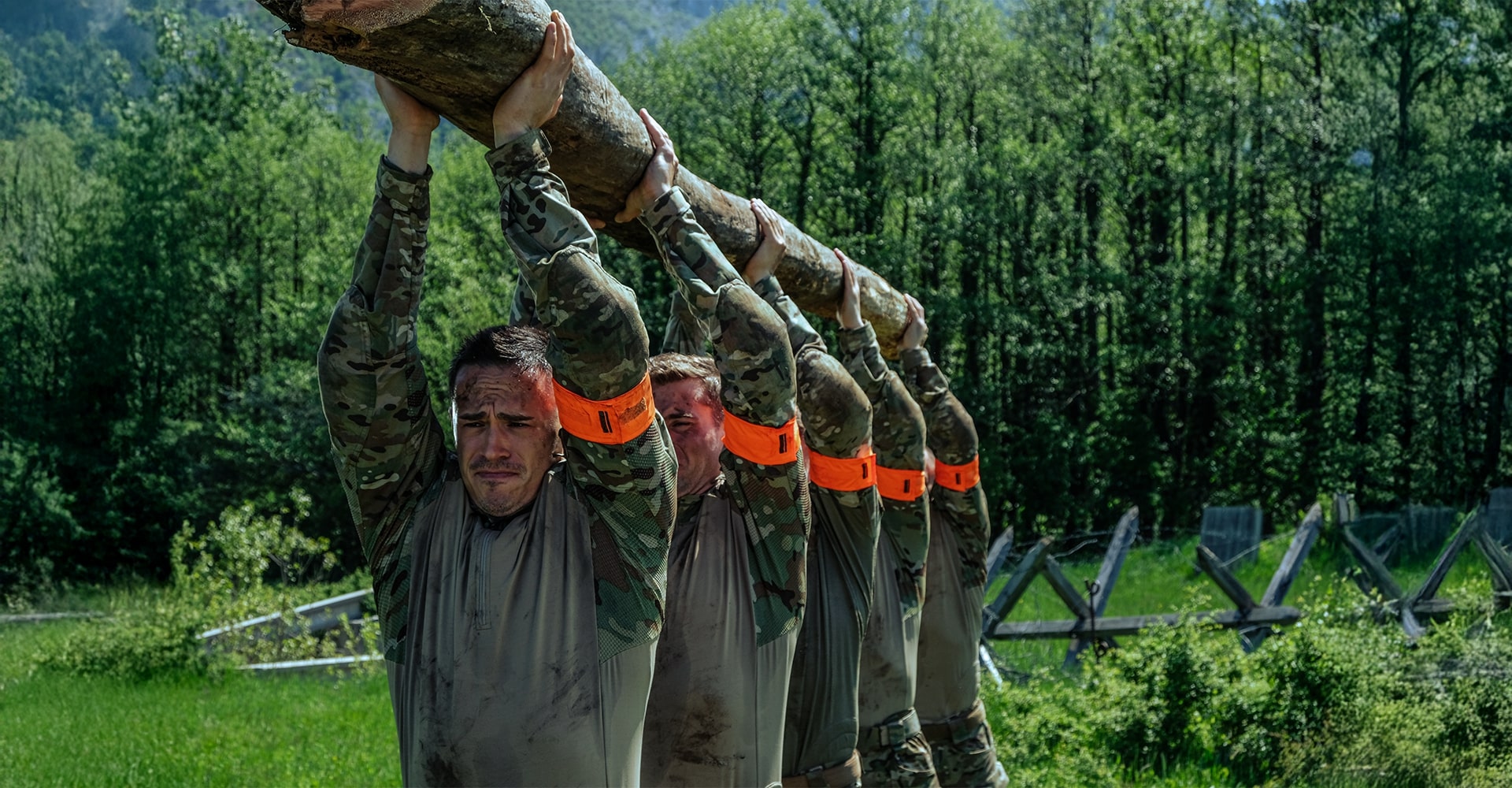
2. Training: A Dynamic, Scenario-Based Approach
Training must become even more adaptive. Yesterday’s scenarios can become irrelevant overnight, and tomorrow’s threats are increasingly difficult to forecast. One example of this shift is the integration of CBRN scenarios (chemical, biological, radiological, nuclear) into SOF training—moving beyond traditional counterterrorism operations to include preparedness for "dirty bombs," contaminated water supplies, and pandemics.
Additionally, the ability to train for specific theaters such as the Indo-Pacific, the Baltic Sea, or NATO’s southern flank allows for more precise preparation. Unlike the surprise deployment of US Navy SEALs to Afghanistan’s mountains in 2001 without proper winter gear, today’s clearly defined AORs (Areas of Responsibility) allow units to train and equip accordingly, with fewer unknowns.

3. Digitally-Enhanced Operators and Teams
Modern SOF teams are becoming increasingly specialized in electronic warfare and digital operations. Each team will require embedded experts in:
- RF jamming
- SIGINT (Signals Intelligence)
- TEO (Technical Exploitation Operations)
- EW (Electronic Warfare)
- Social media intelligence (at HQ level)
These roles require not only cutting-edge equipment but also continuous education and hands-on experience with highly advanced technologies.
4. Evolving Weapons Systems and Smart Ammunition
The SOF arsenal is expanding beyond the classic assault rifle and sidearm. Less-lethal solutions, specialty 40mm ammunition, and loitering munitions are emerging as critical tools. Lessons from the Ukraine conflict show that cost-effective, remotely-deployed weapons like loitering munitions can destroy high-value targets—EW vehicles, command posts, mobile radars—without direct confrontation.
Moreover, FPV (First Person View) drones used in kamikaze-style missions and integrated AI systems are rapidly becoming battlefield game changers, redefining tactical engagement and battlefield dominance.
5. From Caliber to Modular Systems
While calibers such as 9mm x 19 (used in the SIG Sauer P320/M17, Walther P14, and Glock platforms) are becoming standard across many SOF pistols, rifle calibers like .300 BLK are being considered for broader adoption. However, the debate continues around the possible reintroduction of 7.62mm x 51 NATO, which offers greater range and punch—useful in open terrain engagements, such as those now common in Ukraine.
Ultimately, SOF procurement must shift from buying standalone weapons to investing in modular weapon systems—scalable platforms that can be adapted across mission profiles, terrain, and threat levels while maintaining training consistency and parts commonality.
6. Rise of the UAV Operator
Every SOF team will soon require a dedicated UAV (drone) operator. The inclusion of UAVs greatly expands a team’s ISR (Intelligence, Surveillance, Reconnaissance) capabilities. However, UAV technology is evolving so quickly that equipment can become obsolete within months. Continuous training and decentralized procurement processes are critical to keeping pace with development.
The UAV specialist must not only master current systems but also think in three dimensions and adapt to rapid platform turnover. In SOF operations, no UAV operator is ever fully trained—only continually updated.
7. Virtual and Augmented Reality for Training
The diversity and unpredictability of hybrid threats make it impossible to recreate every threat scenario through physical training alone. Digital solutions such as VR (Virtual Reality) and AR (Augmented Reality) are being adopted by some SOF units to pre-train mission scenarios at lower cost.
These platforms allow the simulation of specific environments—schools, embassies, hospitals, metro stations, power plants—digitally scanned and imported into training systems. While they can’t replace live-fire exercises or real-environment acclimatization, they provide significant advantages for pre-training and operational planning.
8. Covert Operations and Adaptive Skills
The tactical advantage of covert operations is growing. SOF must be capable of blending into civilian environments, operating in disguise, and conducting operations under non-traditional cover. This requires:
- Adaptive appearance and behavior
- Cognitive flexibility
- Cultural and linguistic fluency
Potential adversaries—whether state actors, criminal organizations, or hybrid threats—already operate this way. SOF must train accordingly to recognize and neutralize covert actors and deploy fluid, real-time intelligence in support of operational decisions.
9. Facing Hybrid Threats and Non-State Actors
While state-level adversaries like Russia, Iran, or failed states such as Yemen, Gaza, and Somalia are often behind attacks, the actual executors are frequently criminal organizations or radicalized individuals. These proxies require little to no traditional recruitment or training. Radicalization can happen in days, not months, and is often fueled by hate propaganda and misinformation spread online.
As noted at a Bundeskriminalamt conference: "It is not the radicalization of Islamists, but the Islamization of those who are already radical." That includes disenfranchised youth, gang members, drug addicts, and mentally ill individuals—motivated by notoriety or desperation more than ideology.
SOF cannot anticipate every possible scenario, but they must be prepared to counter, mitigate, and adapt. The shift from organized commando attacks to spontaneous vehicle ramming or knife attacks reflects this unpredictable threat spectrum.
10. The Narco-Extremist Nexus
Finally, the merging of narco cartels, synthetic drug networks, and extremist organizations is forming a volatile hybrid threat structure. These groups exploit weaknesses in democratic societies, creating complex, decentralized challenges that SOF must address—often with limited rules of engagement and high operational risk.
Synthetic drugs, often produced in countries like China and trafficked via global criminal networks, are contributing to the destabilization of entire regions. SOF must now understand and prepare for multi-layered, transnational threat networks, including their social, financial, and ideological drivers.
This new era of SOF operations demands not just elite physical and tactical readiness, but also continuous adaptation, high-tech integration, and the ability to outlearn the enemy at every turn.
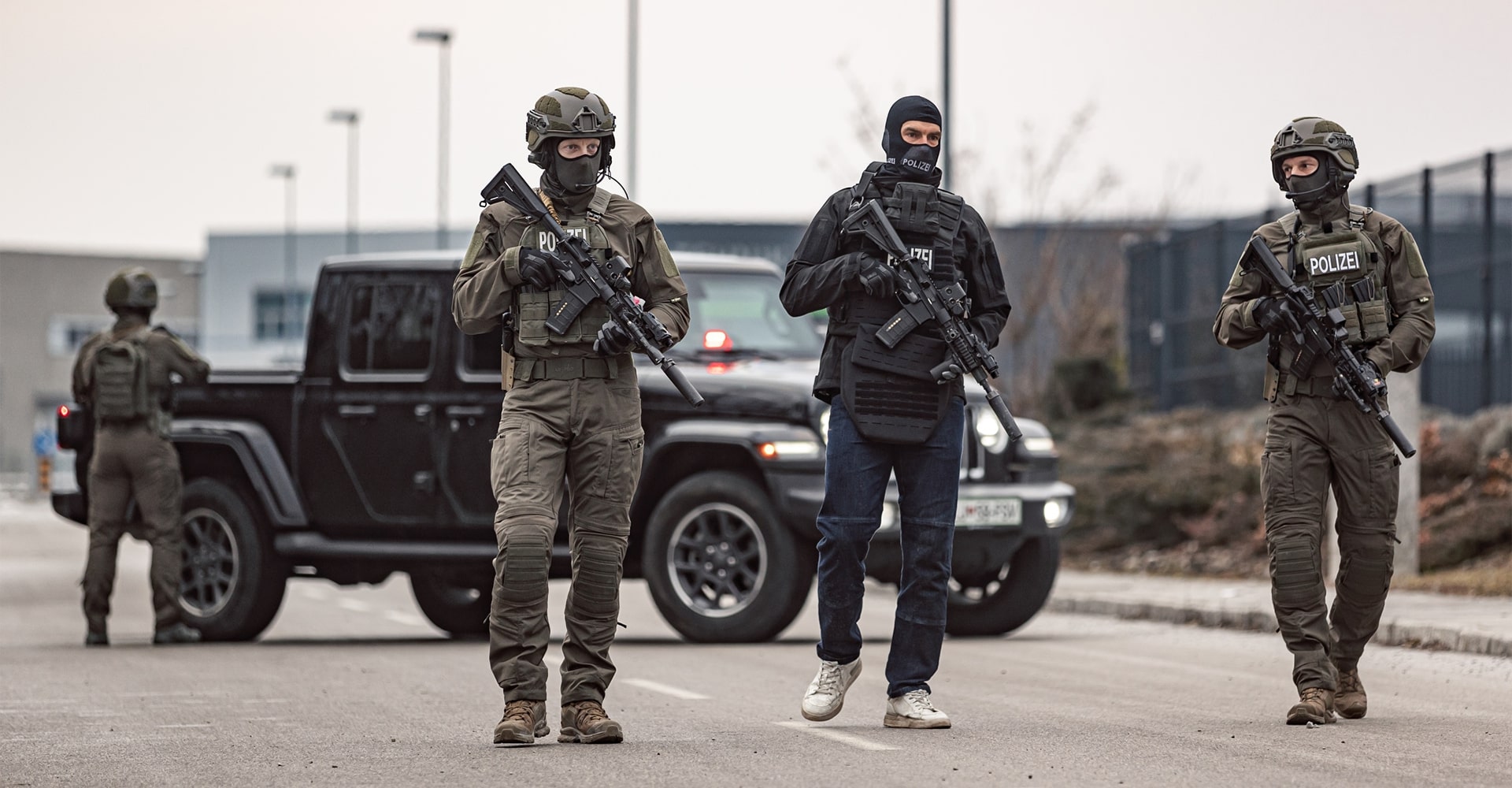
Conclusion
The former commander of the GSG 9, Olaf Lindner (now President of Bundespolizeidirektion 11), summed it up succinctly: "Forming our own networks in order to combat networks." However, this requires from SOF much more flexibility, adaptive behavior, and willingness to learn from all categories than ever before.

